The Pomp and Mockery of Louis XIV’s Propaganda Medals
Louis XIV, like politicians of today, knew the value of controlling his public image.
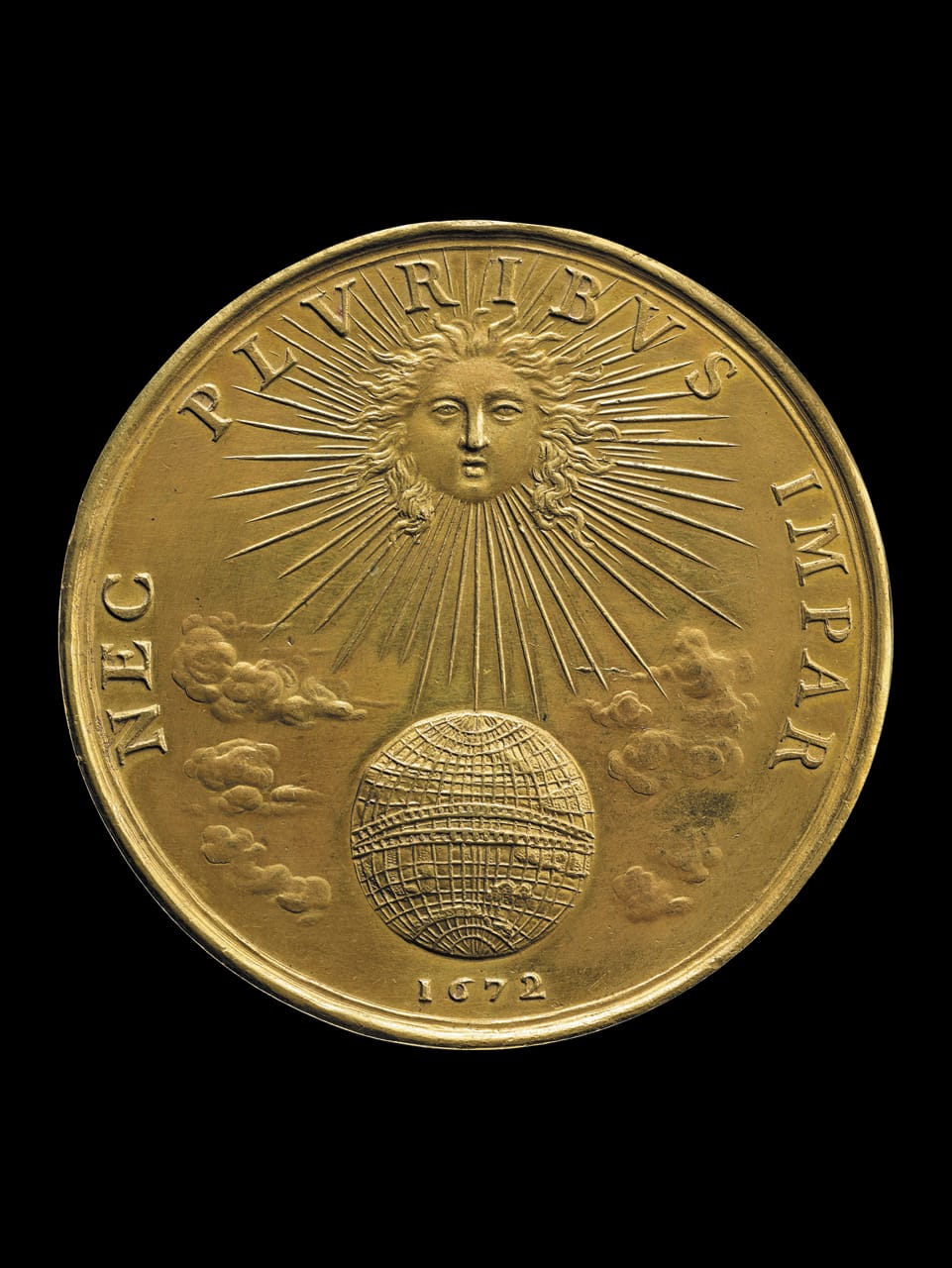
Louis XIV, like politicians of today, knew the value of controlling his public image. Throughout his over 70-year reign, the French king directed a self-portrait campaign in medals — the petite propaganda that spread his image and victories across the continent. However, that didn’t stop his enemies from mocking his grandeur in the same medium. Triumph and Disaster: Medals of the Sun King, now at the British Museum, explores this oft-overlooked aspect of his rule from 1643 to 1715.
“The medals give a very carefully considered self-portrait of his reign, carefully crafted by the king and his ministers, his historians and artists,” curator Sir Mark Jones, an art historian and former director of the Victoria & Albert Museum, told Hyperallergic. He added that “you can see from the often rude and humorous reactions how influential the medals were throughout Europe.”
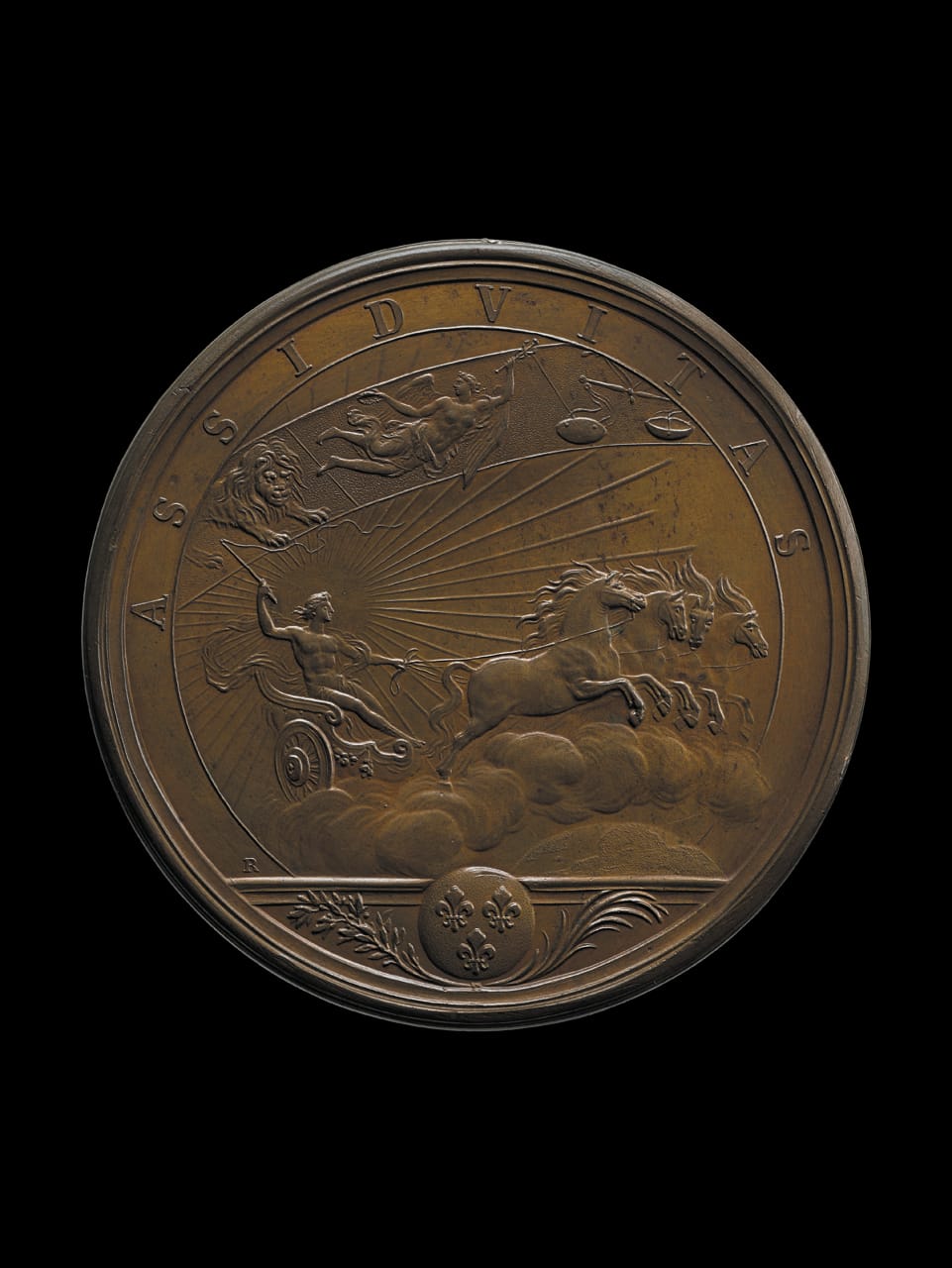
The one-room exhibition, coinciding with the tercentennial of his death, shows figures behind the campaign like minister Jean-Baptiste Colbert, and focuses on the evolution of Louis XIV’s image from boy king, to Apollo personified, to the sun itself, his curly hair flying out from his plump face. “We see Louis as the Sun King, literally represented as the sun, warming the earth with his beneficent rays,” Jones explained. “He is shown also as the god Apollo, as a Roman Emperor, a wise and accessible ruler, the friend of the poor, dispenser of justice and irresistible general. The cult of personality and the use of propaganda were not 20th-century inventions!”
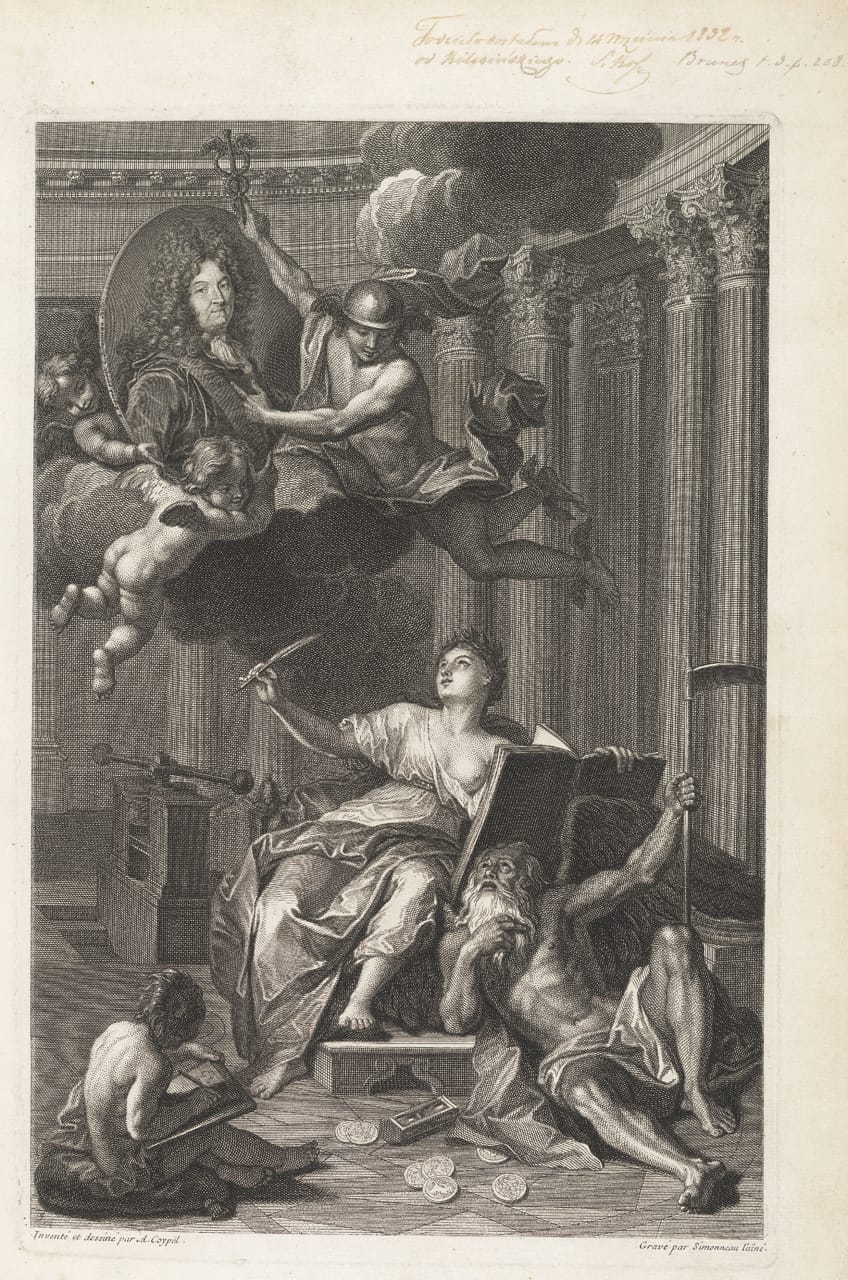
A man who had the Palace of Versailles constructed obviously spared no expense in making himself glitter like gold (he even imprisoned Nicolas Fouquet, supposedly when his wealth and prestige threatened his own), so even in miniature, the medals were elaborate. His motto of “not unequal to many” accompanied visions of ambassadors kneeling at his throne, and scenes of military victory. In 1702, a huge folio of his medallic history involved a specially commissioned typeface called Romain du Roi and has a frontispiece with Father Time being crushed by the book, medals tumbling by his hourglass as the old man gazes up at a portrait of Louis XIV carried by angels. In other words, the medals of Louis XIV would last forever.
The pomp was all easy fodder for other countries like the Netherlands, which issued a medal in 1689 of a bomb decked out with fleurs-de-lis, representing France — exploding — and another from 1709 depicting him as a Colossus of Rhodes cracking beneath his weight. As time went on, Louis XIV’s medals could not counter a growing unrest as the military victories waned and people got a bit tired of the Sun King always trying to shine. When he died in 1715, it’s telling that barely anyone thought to create an image of this final moment of his rule.



!["Siamese Ambassadors" (1686). The ambassadors of King Phra Narai of Siam [Thailand] were received by Louis XIV in the Galérie des Glaces at Versailles on September 1, 1686. After the visit, one of the ambassadors said that after the three grandeurs of the world, he now knew a fourth – Versailles (© The Trustees of the British Museum)](https://hyperallergic.com/content/images/hyperallergic-newspack-s3-amazonaws-com/uploads/2015/09/triumphdisaster9.jpg)
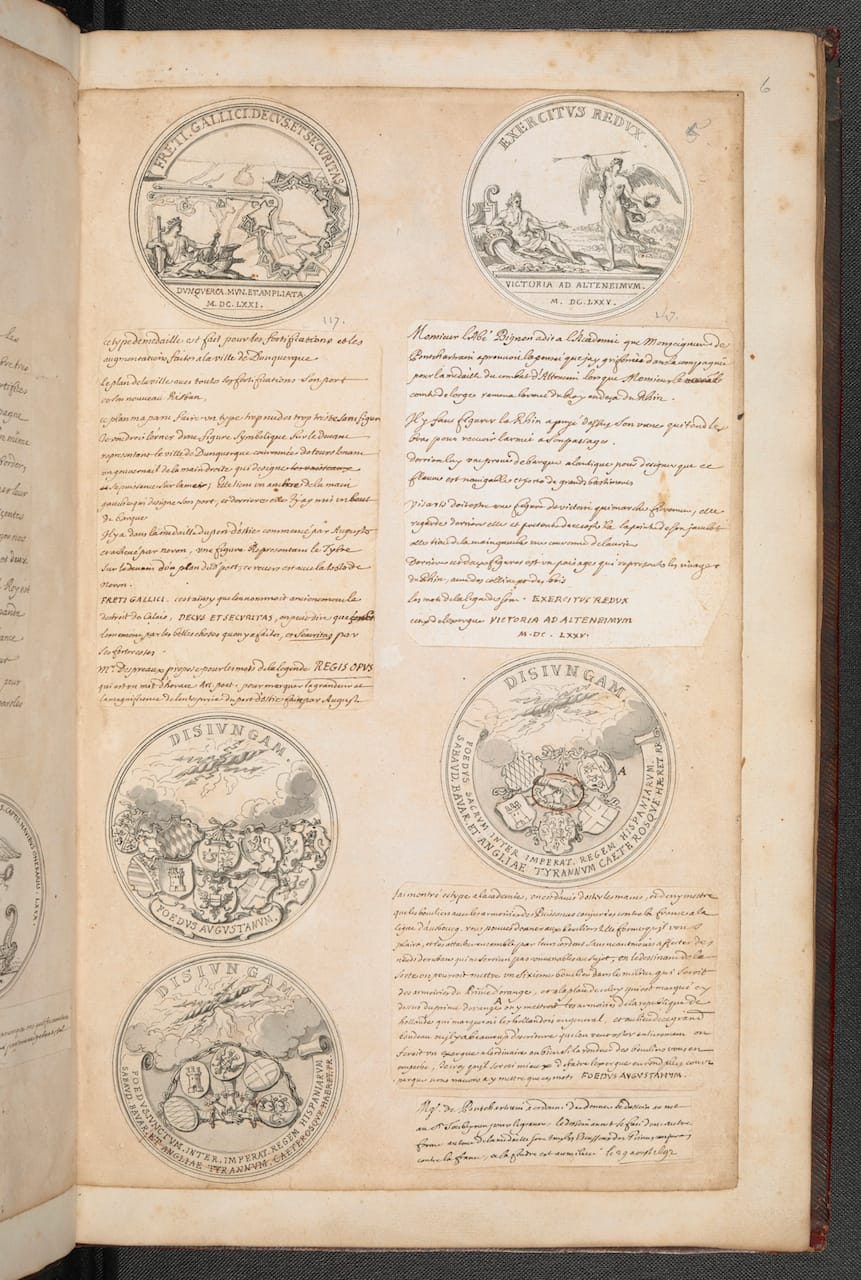
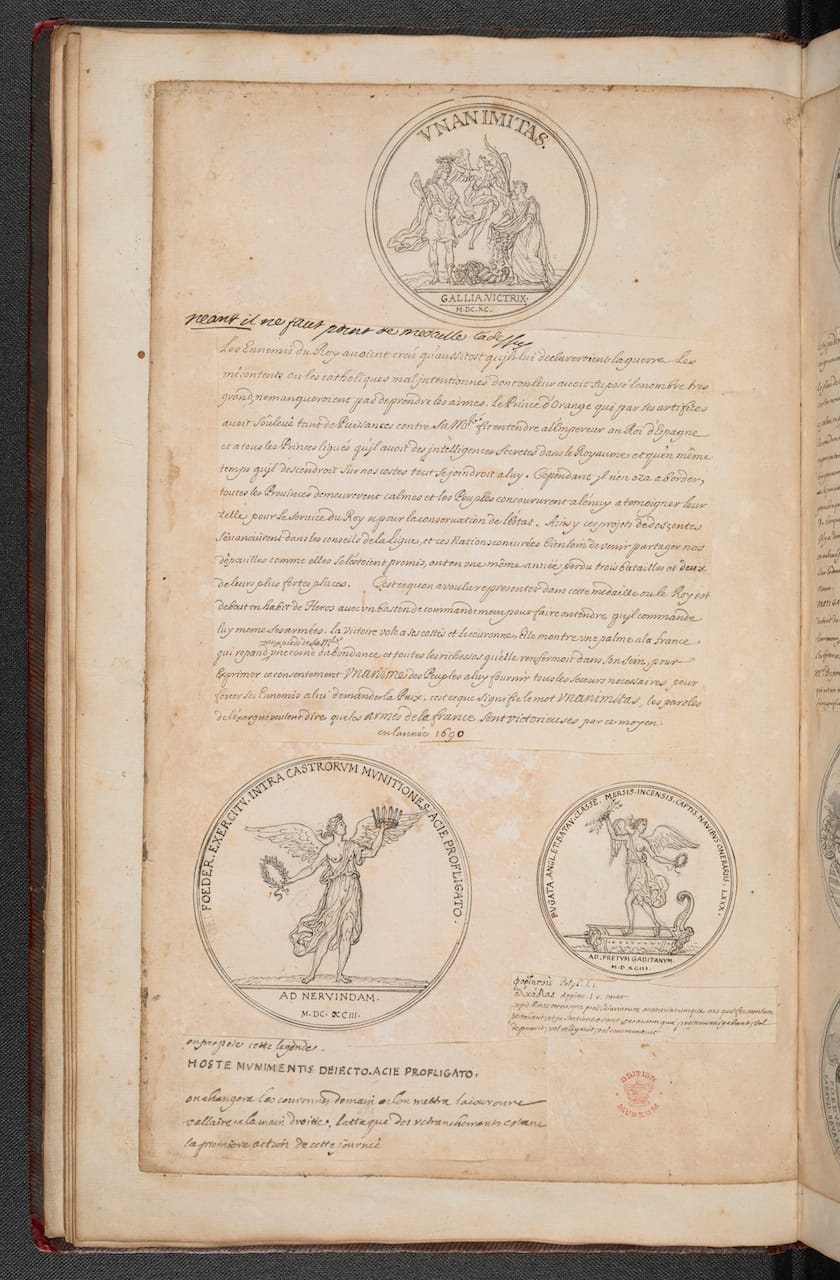
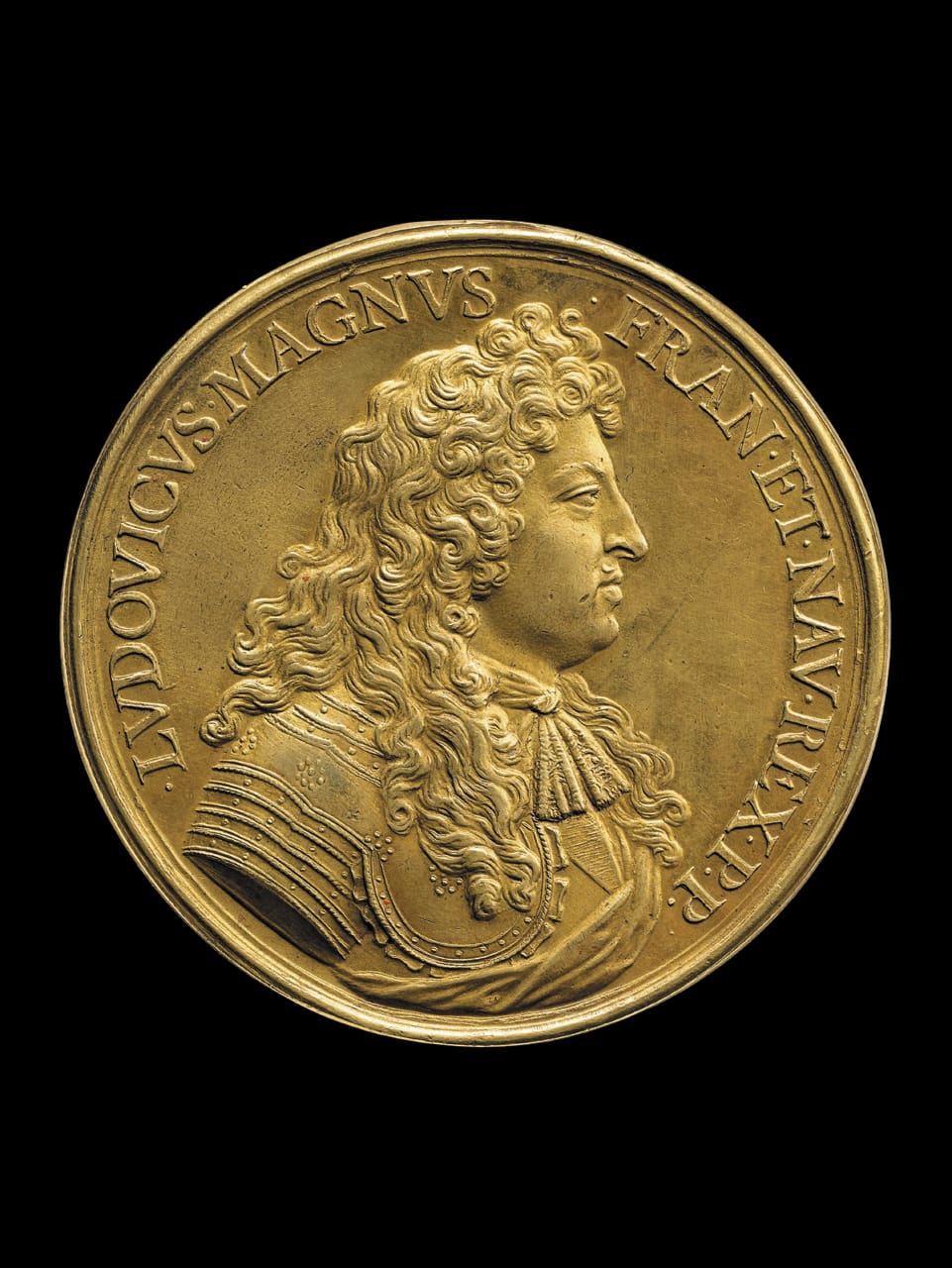
Triumph and Disaster: Medals of the Sun King continues at the British Museum (Great Russell Street, London) through November 15.





